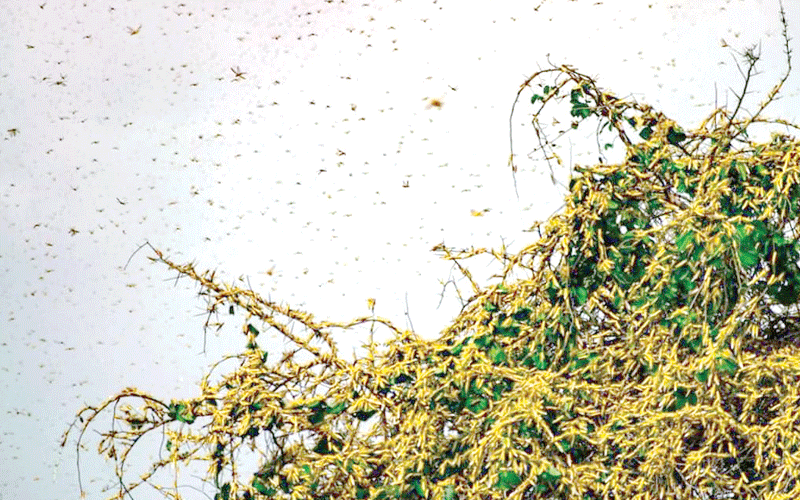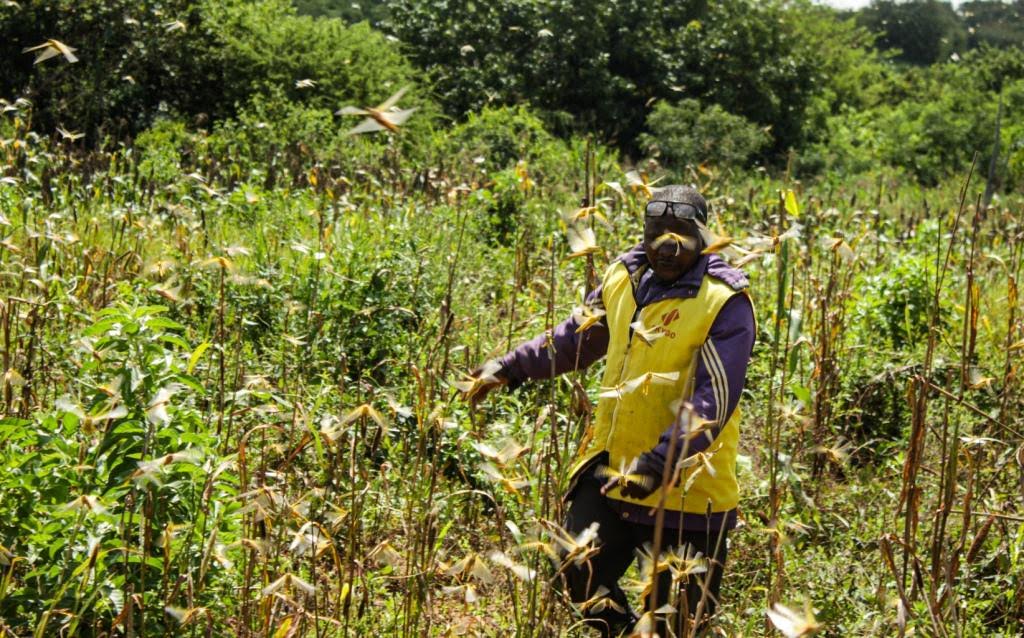Fall army worm causes food losses worth Sh2 billion
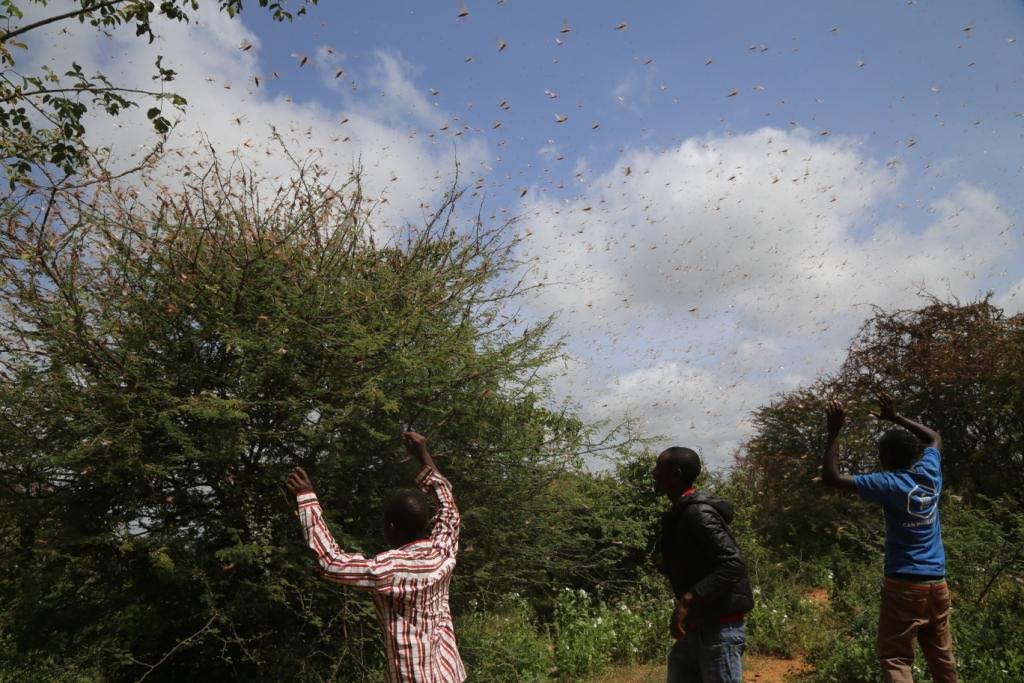
Wahinya Henry and Mwangi Mumero
Farmers have lost more than Sh2 billion of expected revenue in the last three years because of the devastating invasion of the Fall ArmyWorm, Agrochemical Association of Kenya (AAK) says.
Growers who have been scrambling for chemicals to fight the worms are now desperate for information and methods to fight a worse pest— the desert locust— which has made the nation’s food security outlook even more precarious.
The chief executive officer of (AAK) Eric Kimungunyi attributes the sharp increase in pesticide use to the fall armyworm invasion in a country which, he says, has maintained low levels of pesticides use compared to neighbours.
“The devastating fall armyworm ate away our maize in 2017. It consumed up Sh2 billion of expected farmer’s revenue, as well as our staple food supply,” he said.
Originally suspected to have entered the country from Uganda, the fall armyworm (Spodoptera frugiperda) invasion was first reported in western Kenya by farmers in March 2017.
Immediately, Kenya Plant Health Inspectorate Service (Kephis) and Kenya Agricultural and Livestock Research Organisation (Karlo) confirmed the presence of the pest in Kenya.
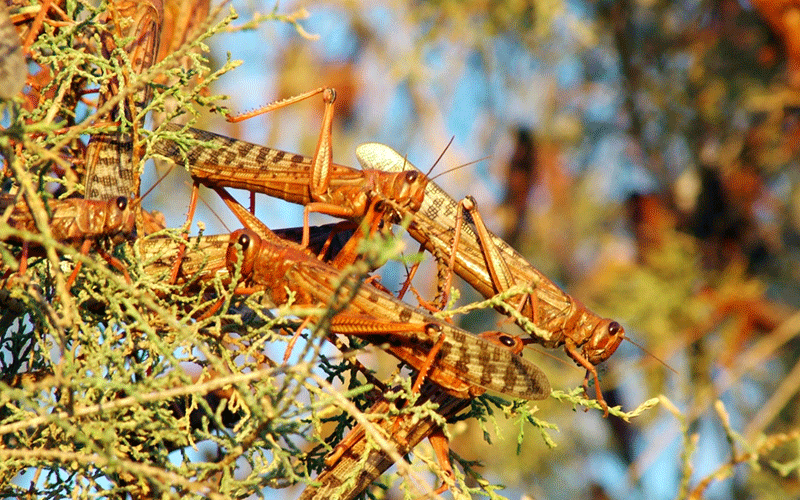
The initial counties infested were Busia, TransNzoia, Bungoma, Uasin Gishu and Nandi. By the end of 2019, fall armyworms had affected more than 143,000 hectares of land in major maize and wheat-producing counties.
The US Agency for International Development (USAid) official, Regina Eddy, cautioned that with the outbreak of the worms, the country stood to lose up to 50 per cent of the annual maize crop.
The Food and Agriculture Organisation (Fao) and the Ministry of Agriculture adopted a planning response figure of 800,000 hectares, which required US$33.5 million (Sh3.4 billion) for pesticides and awareness campaigns in the medium term. Despite such efforts, the pest is still active in parts of the country.
Kimungunyi told a stakeholder’s conference held to update AAK members on pest control products legislation that the country was not a heavy user of pesticides.
Swarms increasing
According to world rankings calculated by FAO, Kenya comes in as the 75th most intense user of pesticides out of 162 countries, despite being Africa’s leading horticultural exporter.
The country on average uses a quarter of a kilo of pesticides per hectare of agricultural land, compared with nearly 10kg per hectare in Mauritius, and more than 2kg per hectare in Egypt and South Africa.
“Yet our usage has grown sharply in the last two years even to get to this quarter of a kilo per hectare,” he said.
He spoke as it became increasingly obvious that the threat to food security posed by the invasion of desert locust in the region was worse than that posed by fall army worms.
According to FAO, large and numerous swarms of desert locusts continue to threaten food security and livelihoods in the Horn of Africa. The worst affected area is Ethiopia and Somalia.
They continue to move south to Kenya where they have spread to 15 northern, central and southwest counties, reaching within 200km of northeast Uganda and southeast South Sudan.
Some swarms have already laid eggs and hatching is almost certainly underway, FAO says in its latest update.
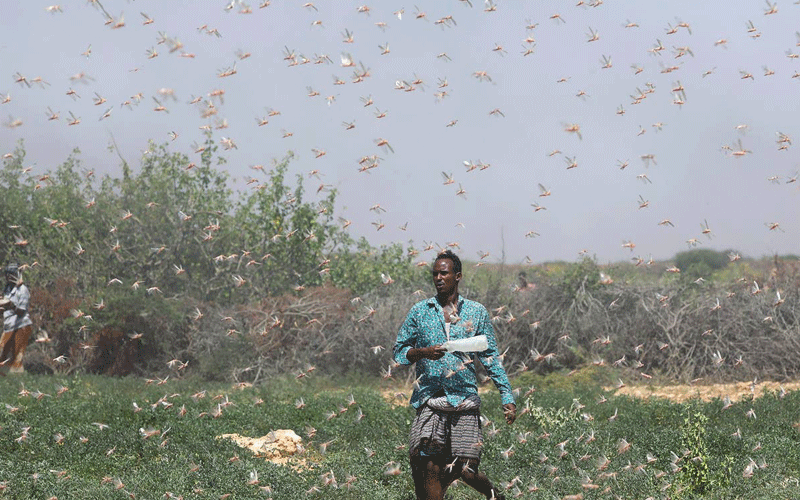
In Kenya, immature and maturing swarms continue to arrive in the northeast from Ethiopia and Somalia and are moving throughout Mandera, Wajir and Marsabit counties and have reached central areas of Isiolo, Meru North and northern Laikipia.
Locust swarms have been in Baringo, West Pokot Turkana counties and was reported to have crossed into Uganda on Sunday.
Kimungunyi says the chemical being used to spray locust swarms (Fenitrothion) is already registered in Kenya.
“The spraying is currently being done by the government, which must have given out tenders to a supplier.
“Remember that locust invasions come once in a long time, so pesticides cannot be imported if the pest is not there, unless it is also used against other pests. Currently, there is no complaint of it’s unavailability,” he says.
Spraying chemicals
However, some scientists are skeptical about the effectiveness of the the pesticides being applied to combat the swarms of desert locusts.
They say there is no known perfect pesticide that can effectively contain the locusts besides Fenitrothion currently being used to spray the hopper bands.
Prof Peter Neuenschwander names Green Marshal as the best bio-control pesticide to contain locusts.
“It targets the insects without affecting the environment and human health,” says the scientist from International Institute for Tropical Agriculture (IITA).
The biocontrol pesticide was used in Asia and several European countries. The prof says Australia picked up the technology and commercialised a product the country called Green Guard, but production later ceased.
The biological control agent Metarhizium (“Green Guard”) was used on public land, particularly in areas of “high biodiversity”.
Technical advisor in the ministry of Agriculture, James Wanjohi says the ministry is working with the met department to identify the direction of the wind patterns in order to effectively attack swams of locusts ravaging northern Kenya.
